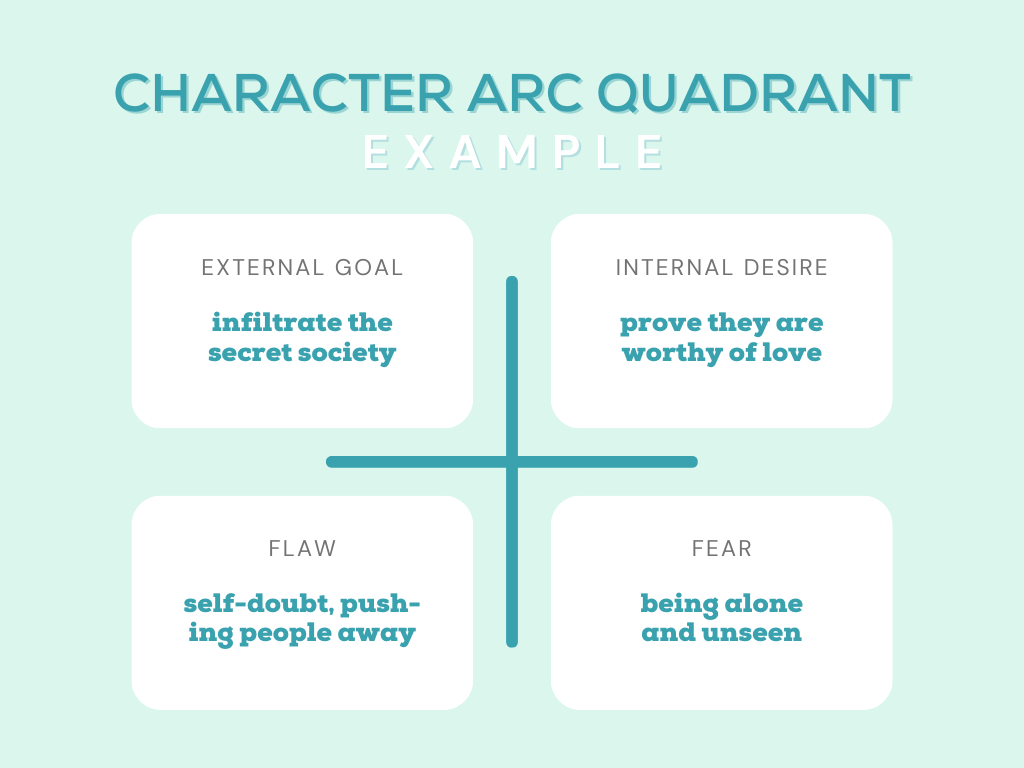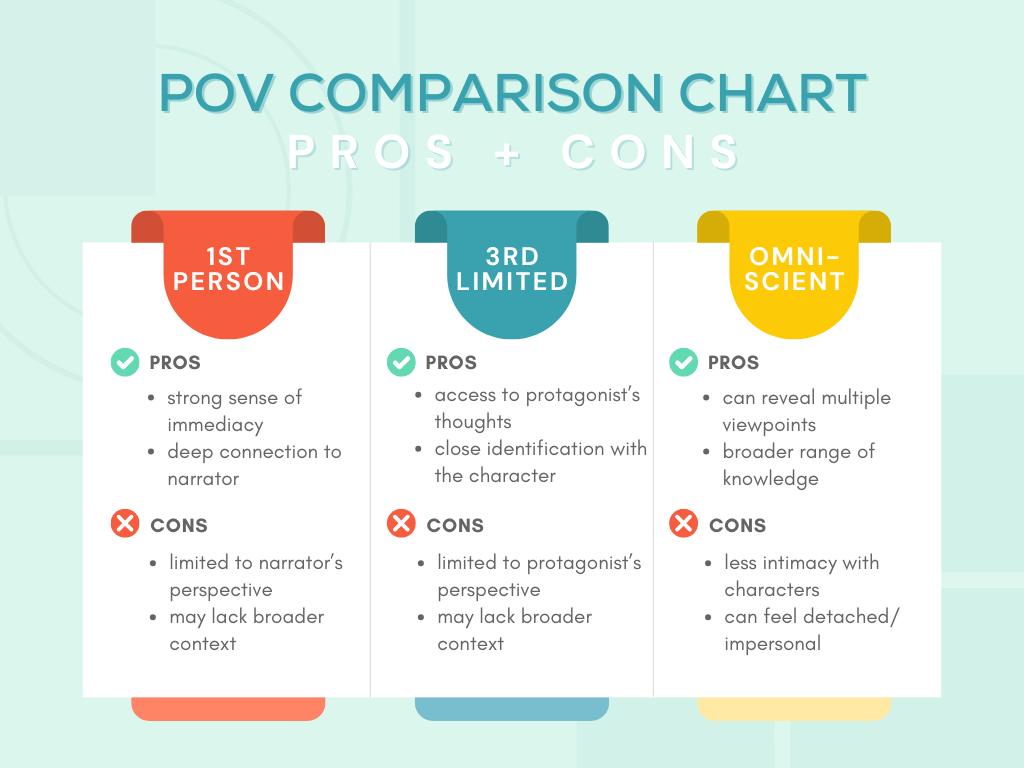Advice for writers
for writers
7 Elements of a Novel: What Every Writer Needs to Know

Building the Foundation of a Compelling Novel
Every novel that stays with us—whether it’s a sweeping epic or a quiet character study—has something in common beneath the surface: a solid foundation. As a writer (and editor), I’ve seen time and again that even the most dazzling ideas can falter without the core elements that hold a story together; understanding these essential building blocks isn’t just helpful—it’s what separates a promising draft from a finished novel that truly works!
That’s where the “big seven” come in.
These seven elements—character, plot, setting, point of view, theme, style, and structure—form the bones of any solid narrative. Whether you’re outlining your first draft or deep into revisions, understanding how these components work together can help you craft a more compelling, cohesive, and publishable story.
The 7 Elements of a Novel
1. Strong Characters
When readers say, “I couldn’t put it down,” they’re often talking about characters. Characters are the emotional heart of a novel. Without believable, engaging people at the center, your plot and prose can feel flat—even if they’re well-crafted.
A great character is more than a name and a quirk. Readers look for motivation, internal conflict, and transformation. Who are they when the book begins? Who do they become by the end? Even if your character doesn’t change dramatically, the reader’s understanding of them should.
One tool I love is the character arc quadrant, which visually maps a character’s external goal, internal desire, flaw, and fear, showing how a character evolves through those quadrants over the course of a story.

Even if your plot is high-concept (think time-traveling assassins!), the emotional core—the relatable, flawed human at the center—is what anchors readers.
2. Plot
Plot is often confused with “what happens,” but it’s really about how and why things happen. You can think of plot as cause and effect: each scene drives the next through decisions, consequences, and escalating stakes.
There are many models—three-act structure, the Hero’s Journey, Save the Cat—but they all serve the same purpose: to guide the reader through a meaningful arc.
Here’s a simplified structure I often use when outlining:
▶ Inciting Incident: What disrupts the status quo?
▶ Rising Action: What complications and challenges arise?
▶ Climax: What decision or confrontation changes everything?
▶ Falling Action & Resolution: What’s the aftermath, and how has the world (or the character) changed?
Tip: If you’re stuck in the middle of your novel, it’s often because a cause/effect chain is missing. Something needs to change—either the stakes, the motivation, or the situation.
3. Setting
Setting is more than scenery. It’s mood, tone, theme, and sometimes even plot engine. Where and when your story takes place can affect everything from dialogue to pacing to conflict.
Consider how the atmosphere in Wuthering Heights—bleak moors, thunderclouds, howling wind—mirrors the emotional turmoil of the characters. Or how The Hunger Games uses the opulent Capitol and impoverished districts to build a clear political metaphor.
If you’re worldbuilding (especially in fantasy, sci-fi, or historical fiction), think about:
Culture and customs
Geography and climate
Economy and politics
Language and idioms
And don’t neglect sensory detail! What does the air smell like? What’s the ambient noise? Sensory specificity grounds the reader and makes the world feel lived in.
4. Point of View
Point of view (POV) shapes how the story is told and how close the reader feels to the action. First-person offers intimacy, third-person limited provides flexibility, and third omniscient allows a more bird’s-eye narrative—but each has its challenges.
A first-person narrator can feel more immediate, but you’re limited by what that character knows. Third-person limited gives you a bit more narrative distance and can allow deeper insight into a character’s interiority.

POV also shapes tone. Compare:
“I didn’t mean to set the fire. I only wanted to see the match catch.”
“She hadn’t meant to start the fire. But her fascination with the match had overtaken her caution.”
Same moment, different emotional texture.
In editing, I often catch POV drift—where a third-person limited narrator suddenly reveals another character’s internal thoughts. Keeping your POV consistent strengthens voice and trust!
5. Themes
Theme is the novel’s deeper question—the heartbeat beneath the plot. It’s what your book is about in a larger sense: not just what happens, but what it means.
Common themes include:
Redemption
Power and corruption
Belonging and identity
Love and sacrifice
The theme isn’t always immediately apparent; it reveals itself through patterns. Do characters keep making similar mistakes? Do symbols or metaphors recur?
A helpful trick is to summarize your story like this:
“It’s about [a character] who [wants something], but [conflict happens], and ultimately they discover [thematic truth].”
Example:
It’s about a grieving widower who tries to control everything around him, but when a hurricane threatens his town, he must choose between isolation and connection, and ultimately learns that vulnerability is a form of strength.
That “vulnerability is a form of strength” line? That’s the theme!
6. Author’s Style
Among the elements of a novel, I consider the author’s style to be highly important. Style is how you say what you say. It includes word choice, sentence structure, rhythm, imagery, dialogue—every bit of your voice on the page.
Some authors are known for lush, lyrical prose (Toni Morrison, Donna Tartt); others are crisp and minimal (Cormac McCarthy, Raymond Carver). Neither is “better”—what matters is that your style suits the story you’re telling!
To develop your style, I recommend:
▶ Reading widely—not just in your genre, but across eras and forms.
▶ Imitation exercises: Try rewriting a scene in the style of another author.
▶ Reading your work aloud. You’ll catch clunky rhythms or awkward phrasing faster that way.
Don’t be afraid of simplicity. As William Zinsser wrote in On Writing Well, “Clutter is the disease of American writing.” Style isn’t about fanciness—it’s about clarity, rhythm, and truth.
7. Structure
Structure is the hidden architecture of your novel. It includes things like chapter breaks, POV switching, time jumps, and flashbacks. It’s not just what happens—it’s how the reader experiences it.
Think of The Time Traveler’s Wife—its nonlinear structure is essential to the story’s impact. Or Gone Girl, which uses dual POVs and diary entries to build suspense.
Great structure is purposeful. It’s not just about cleverness; it’s about serving the emotional journey of the story. For example, if your story is about memory or trauma, a fragmented timeline might reflect the protagonist’s inner world. A thriller may benefit from tight, propulsive chapters with hard cuts between perspectives. A coming-of-age novel might feel more powerful told linearly, allowing the reader to grow alongside the character.
Some helpful questions to ask while developing or revising your structure:
Is a linear timeline the best way to tell this story, or would another format deepen the reader’s understanding?
What is gained—or lost—by withholding certain information until later?
Does the structure reflect the theme or the character’s internal transformation?
Could alternating points of view enrich the emotional or thematic depth?
Structure also impacts pacing. Long, meandering chapters can slow tension. Too many scene jumps might exhaust the reader. Consider using scene cards or a digital plotting tool (like Plottr or Scrivener’s corkboard feature) to visually map the flow and balance of your novel.
And don’t be afraid to borrow inspiration! Reverse-engineer a favorite novel and outline its structure. Notice how it handles reveals, emotional arcs, or timeline shifts. This kind of structural study can be just as important as learning how to write a beautiful sentence.
When structure works, it often goes unnoticed—it feels seamless, inevitable. But when it’s off, even a well-written book can feel confusing, slow, or unsatisfying. So take time to experiment. Restructure. Rearrange. Sometimes the breakthrough isn’t in the sentence—it’s in where and when that sentence appears.
What Do the 7 Elements of a Novel Look Like in Practice?
Let’s take a quick example using The Great Gatsby:
▶ Character: Jay Gatsby, chasing an impossible dream
▶ Plot: A man tries to win back the woman he loves
▶ Setting: 1920s New York—jazz, decadence, class divides
▶ POV: First-person limited (Nick Carraway)
▶ Theme: The illusion of the American Dream
▶ Style: Lush, symbolic, lyrical
▶ Structure: Linear with flashbacks
Seeing these elements in a familiar novel can help clarify how they function together.
Where Should You Start?
If all this feels overwhelming, start with just one or two elements. Maybe you focus on developing your main character and their motivation. Or maybe you sketch out your plot beats and build from there.
Writing a novel is a long game. You’ll revisit these elements again and again through drafting and revision. But understanding them early gives you a strong foundation—and a better chance at writing something that resonates.
And if you ever get lost? Return to the basics. These seven elements of a novel are your compass!

Erin K. Larson-Burnett, Production Manager at Atmosphere Press (submit your manuscript here!), is a born-and-raised Southerner currently living in Katy, Texas, with her husband and their small domestic zoo. She is an avid ink drinker who lives and breathes books—during the day, she works remotely with authors around the world, honing and perfecting books published through Atmosphere Press. By night, she crafts her own stories…or at least tries to. The Bear & the Rose is her debut novel.

Atmosphere Press is a selective hybrid publisher founded in 2015 on the principles of Honesty, Transparency, Professionalism, Kindness, and Making Your Book Awesome. Our books have won dozens of awards and sold tens of thousands of copies. If you’re interested in learning more, or seeking publication for your own work, please explore the links below.
